Read time: 5 minutes
When our sons were at home, my husband used to rail about how addicted they were to their screens. But the truth was that he became addicted to a screen himself—a very particular screen. In our last house, we had a software system set up that monitored all our electricity use, and we could see a real-time graph online.
Robb was transfixed by the seismograph-like readings that showed the peaks (“Holy Crap! Who left the lights on?”) and valleys (“Ah. All is right in the universe”) of our daily energy footprint. OK, I admit it could be obnoxious at times—like when he was traveling in China and noticed on the program that our usage was soaring. The boys and I had turned the AC down two degrees lower than he keeps it. Busted from 7,000 miles away. Damn.
Robb was transfixed by the seismograph-like readings that showed the peaks (“Holy Crap! Who left the lights on?”) and valleys (“Ah. All is right in the universe”) of our daily energy use.
But in many ways, the monitor helped reshape our daily lives. It increased our awareness of just how much electricity our day-to-day journey through life requires. Electricity is such an abstract thing. We can’t see it or touch it, so we can’t know the consequences of our habits. Sure, we see our electric bill at the end of the month, but really there’s no way we can draw direct lines between lowering the AC temperature two degrees and that total of kilowatt hours noted on the bill.
Our immediate awareness helped us—especially the boys who will now take this knowledge out into the world with them—see that, say, leaving the TV on just to have background noise or running a dishwasher that’s not full has quantifiable costs.:costs for the environment and real costs for our checkbook.
(See our recommendations for the best energy monitors below.)
The Best Energy Monitors: Hey Watch This!
We’re not alone. Studies over the past decade have shown that getting direct feedback on energy use helps people save up to 15 percent on their bills. Think about it, if your electric bill averages $200 a month, your savings over a full year would be $360—for nothing more than taking notice. The key is to place the monitor in a place where it’s easily seen on a daily basis, like the kitchen. We’re all doing our best to save electricity, but to really do our best you have to be able to make the tangible connections.
We’re all doing our best to save electricity, but to REALLY do our best you have to be able to make the tangible connections.
Here’s how a 2015 report in Psychological Bulletin put it: “People do not consciously use energy with the goal of impacting the environment; they use appliances in the home that require energy. That energy is generated in power plants by burning fossil fuels, which releases greenhouse gases into the environment. Thus, an individual’s abstract notions about the concept of environmental impacts are at least one step removed from their concrete (observable) behaviors that use energy.”
A Video Game For Responsible Adults?
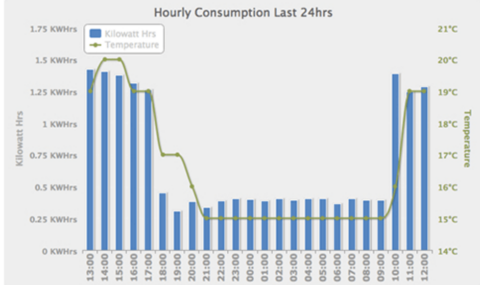 Taking energy use from the abstract to the observable is exactly what Dave and Sue L. from Maryland did in their home when they started using something called a Kill-A-Watt monitor. They actually began to see lowering energy use as a “big, fun game” (maybe someone should actually turn this into a video game for responsible citizens).
Taking energy use from the abstract to the observable is exactly what Dave and Sue L. from Maryland did in their home when they started using something called a Kill-A-Watt monitor. They actually began to see lowering energy use as a “big, fun game” (maybe someone should actually turn this into a video game for responsible citizens).
“We would constantly be thinking about saving energy by turning out lights. It was fun to see how much energy the microwave or toaster would draw,” says Dave. “Our teenagers were aware of the environment and energy saving. Each would get on the other to lower electricity use. They had a direct readout of what the other was doing to waste energy, so they could snitch on the other and have direct proof to back them up.”
Checking Out the Shower Too. You might also get inspired to monitor home energy use in other ways. For example, monitoring the amount of hot water you use during your shower reduces energy consumption, too. Studies conducted in Germany and Switzerland found that installing monitors right below the shower head motivated people to take shorter showers because they could see how much water and energy they were using at a glance. Getting that immediate feedback led to significant energy savings: a 22 percent reduction in energy consumption on average, and as much as 30 percent in people who used to take longer showers.
In our house, using the monitoring system led us to realize that the microwave was a huge energy suck, so when we wanted to reheat something we would sometimes decide to use a saucepan on the gas stove instead. We stopped leaving our printers on because we could see that keeping them on standby—ready to print at a moment’s notice to save us a few minutes of warm-up time—was a case of costs outweighing benefits. I did more sweeping, saving the vacuuming for really dusty messy jobs.
But for me the biggest change came when I saw that the dryer caused a Himalayan-spike to the usage graph (actually, anything that produces heat is an energy hog). From then on, I started drying clothes and linens on the line as much as possible. At first, it was a pain to hike out to the clothesline, but I soon grew to love the slow time I spent outside with the birds and the breeze. It became a break from everything wired and frantic. Plus, nothing beats the feeling of sleeping on line-dried sheets. And the smell. That’s become my own addiction
3 Monitors That Will Open Your Eyes
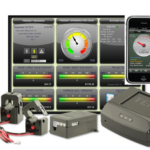 The Energy Detective (TED) Electricity Monitor
The Energy Detective (TED) Electricity Monitor
This whole-house monitor and its “Footprints Software” shows how much electricity, in kilowatt hours (kWh) or dollars per hour, you’re using in real time. Easily place the TED in the kitchen or family room so everyone in the household can see which appliance is drawing power, and what it’s costing. A mobile app lets you view your electricity data remotely. Use TED to perform your own energy audit to get a sense of how much electricity specific appliances cost to operate and where you can turn them off or use them less. The basic TED Pro Home System retails at $299.95. If it shaves $100/year off your electricity bill, which it easily could, you’ll cover the purchase cost in three years, an excellent rate of return.
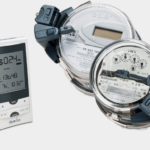 The PowerCost Monitor
The PowerCost Monitor
While TED attaches to your electrical service panel, the PowerCost Monitor uses a transmitter attached to the outdoor electricity meter to send information to a display unit indoors. Like TED, the PowerCost Monitor provides information in either kilowatt hours (kWh) or dollars and can show real-time energy consumption, either for the whole house or for individual appliances. You can track your electricity usage over time and from anywhere, using the system’s Wi-Fi Bridge and EnergyCloud app. The Monitor along with the recommended “Wi-Fi Bridge” is comparably priced to TED, or start with the basic in-home monitor only for $79.00.
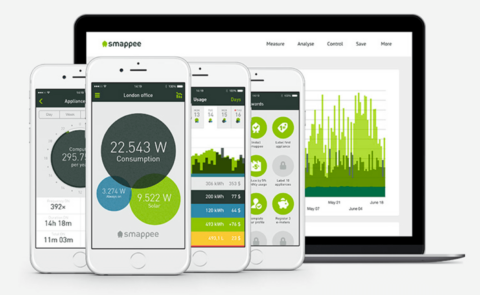 The Smappee Energy Monitor
The Smappee Energy Monitor
This device gives you real-time data on how much electricity you’re using and what it’s costing via the Smappee app downloaded to your smartphone, tablet or PC. The software also shows how much energy you’re using due to appliances and electronics that are always on, like refrigerators, and computers you think you’ve turned off but still draw power out of the socket simply because they’re plugged in. The Smappee free Comfort Plug™ lets you switch appliances on and off remotely, effectively turning your house into a Smart Home. Plus, Smappee sends you suggestions to reduce energy use overall. Price: $249.00 Note: Smappee also makes monitors for homes equipped with solar panels, as well as those that will monitor gas and water consumption.
—By Diane MacEachern
Further Reading:
How to Save Money Each Month

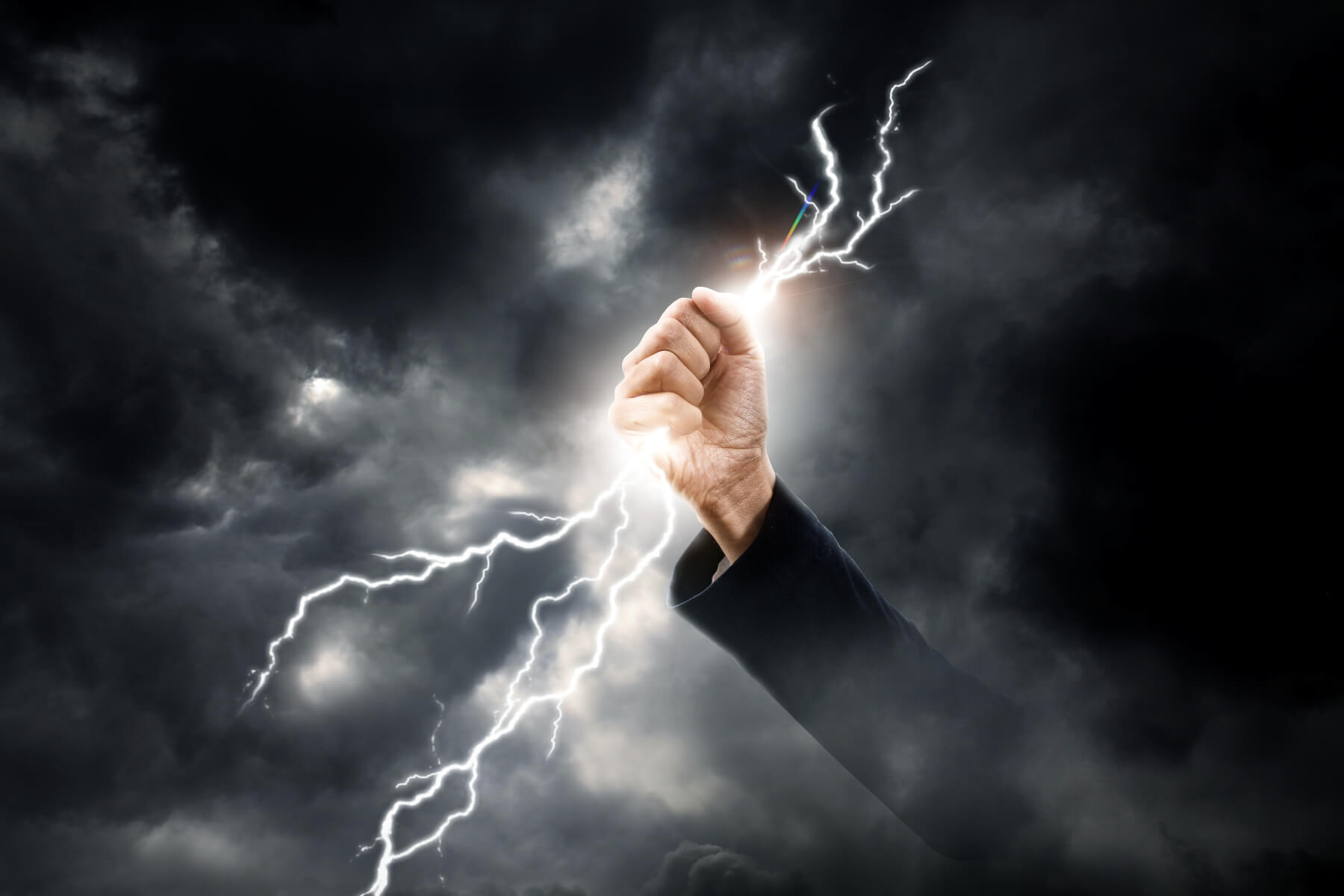



















0 Comments